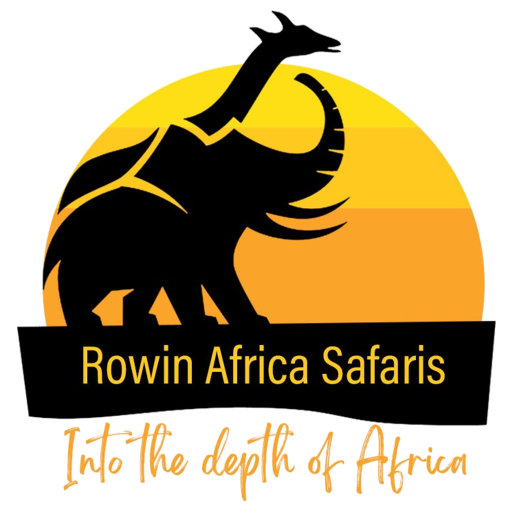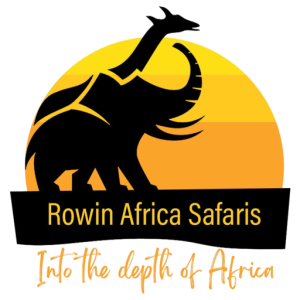A short drive from Nairobi’s central business area, Nairobi National Park, often known as “the world’s only global animal capital,” is a fantastic Kenya wildlife destination. The park is ornamented with a spectacular background of the city’s sky scrapers.
The park has a total size of 117 square kilometers; three of its boundaries—the northern, eastern, and western ones—are secured with electric fencing, but its southern one is left open. Animals utilize the open southern boundary as a path for migration between the park and the nearby Kitengela plains. Nairobi National Park is the sole protected area of the Athi-Kapiti ecosystem and is characterized by broad grass plains, sporadic acacia thicket, and the Mbagathi River, which marks the park’s southern boundary.
Attractions of Nairobi National Park.
Wildlife
Numerous animal species can be found in Nairobi National Park, including the buffalo, giraffe, lion, leopard, baboon, zebra, wildebeest, cheetah, black rhino, impala, and water bucks.
Bird species
Numerous animal species can be found in Nairobi National Park, including the buffalo, giraffe, lion, leopard, baboon, zebra, wildebeest, cheetah, black rhino, impala, and water bucks.
Impala observation point.
The Impala viewpoint is located at the highest point in Nairobi National Park and provides views of the impalas on the park’s wide-open plains. Impala observation site frequently hosts picnics or other gatherings where visitors may eat while taking in the local animals near Nairobi National Park.
The ivory burning site.
This site serves as a monument for wildlife conservation since it is where former Kenyan President Daniel Arap Moi burned ivory to tell poachers to halt their crimes and to demonstrate Kenya’s commitment to conservation and zero tolerance for the ivory trade. The Nairobi National Park’s northwest region contains this location.
David Sheldrick Elephant orphanage.
This is a facility for the rescue of elephants as well as other wild animals like rhinos. The Sheldrick Elephant Orphanage is the finest spot to learn about elephants and their protection since the elephants are cared for there before being sent to the Tsavo National Park.
Bomas of Kenya.
Bomas of Kenya is a living museum that honors the vibrant tribes of Kenya and is located about 10 kilometers outside of Nairobi. This is a fantastic location to learn about each tribe’s way of life, fine art, music, crafts, and culture. The complex includes a traditional village that has been reconstructed with homesteads or bomas, each of which represents the culture of a significant ethnic group. A group performs traditional dances and songs in the main theater each afternoon. The performances are enhanced by audience interaction.
Karura Forest Reserve.
One of the largest urban forests in the world, Karura Forest is a beautiful green area with many of things to see and do. You may trek to a multi-tiered 15-meter waterfall, have a picnic in the gardens, watch monkeys swing through the trees, or just relax by Lily Lake and take in the peace. Along the clearly designated red-clay rails, biking is also common.
Giraffe center.
Visitors may get up up and personal with endangered Rothschild’s giraffes at the Giraffe Center, which is located on the outskirts of Nairobi National Park. The primary goal of this nonprofit organization, which is located on the grounds of the opulent guesthouse, is to educate kids about conservation.
Nairobi National Museum.
The museum attempts to explain Kenya’s rich past and provides visitors with a one-stop shop to taste the nation’s rich heritage for both educational and recreational purposes.
Activities to do in Nairobi National Park.
Horse Riding.
The horses are well-trained, and the hosts at Malo Stables provide wonderful woodland rides with views of the Ngong Hills. There are other riding alternatives that, for an additional fee, might include an outdoor meal following a nice ride in the forest.
Breakfast with the giraffes.
One of the most amazing and singular experiences someone can have must be eating breakfast with a giraffe in the morning. This event is only available to Giraffe Manor’s overnight guests, and it is not one to be missed.
Game Drives
This occurs in the park at various times during the day, namely in the morning and in the evening. The likelihood of seeing wildlife increases during morning game drives compared to evening game drives since animal species are more active throughout the morning and seek cover from the sun and predators during the latter period of the day.
Walking Safaris.
This occurs along the elevated wooden path with a good view of the park’s animal species. This activity gives tourists a chance to see animal species as near to them as possible during waking safaris, as well as to see what to expect while they are in the wild.
Observing birds.
Ostriches, secretary birds, corncrakes, white-headed vultures, and other migratory and indigenous bird species are among those found in the park. This makes it easier for visitors on Wildlife Kenya Safaris to see different bird species in the park.
Camping and Picnicking.
The beauty of camping is that you are in control of sleeping times, meal times, and even bath times. If you are working with a limited amount of time, picnicking works very well at night under the cover of the countless stars and the feeling of morning dew on your feet as you take in the crisp clean air in the morning as a reality that awaits you in the park.


